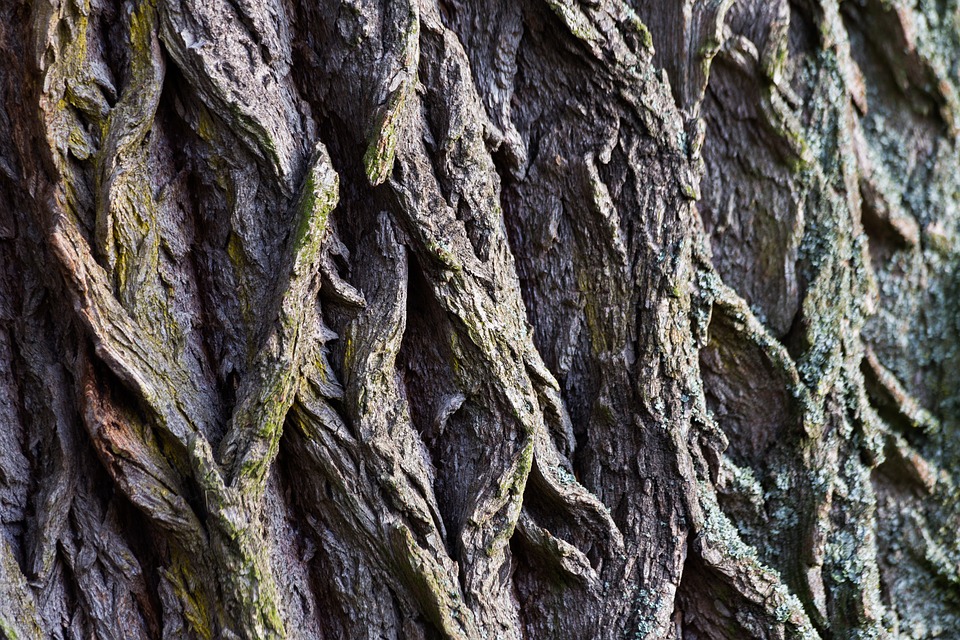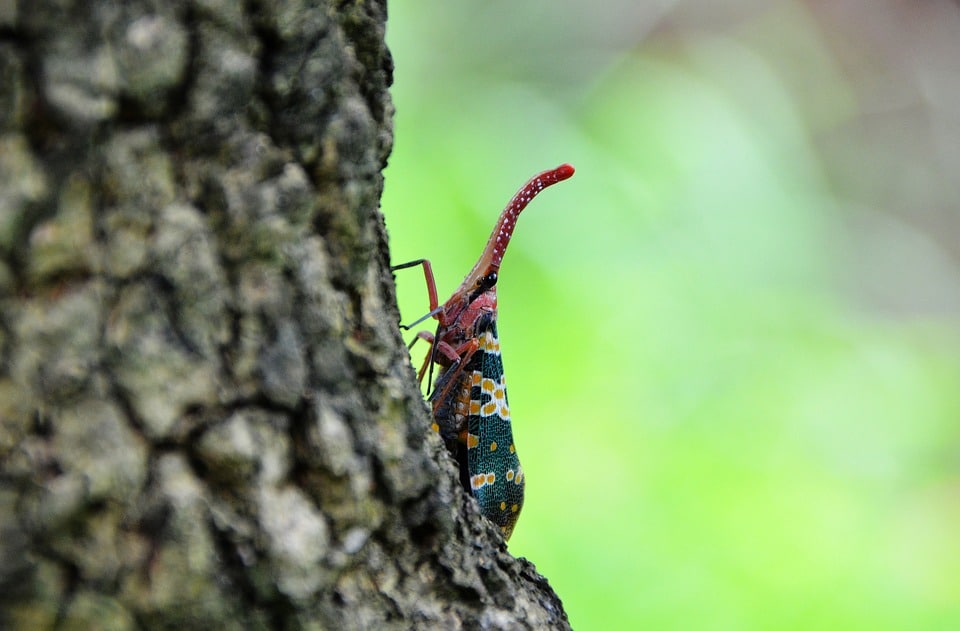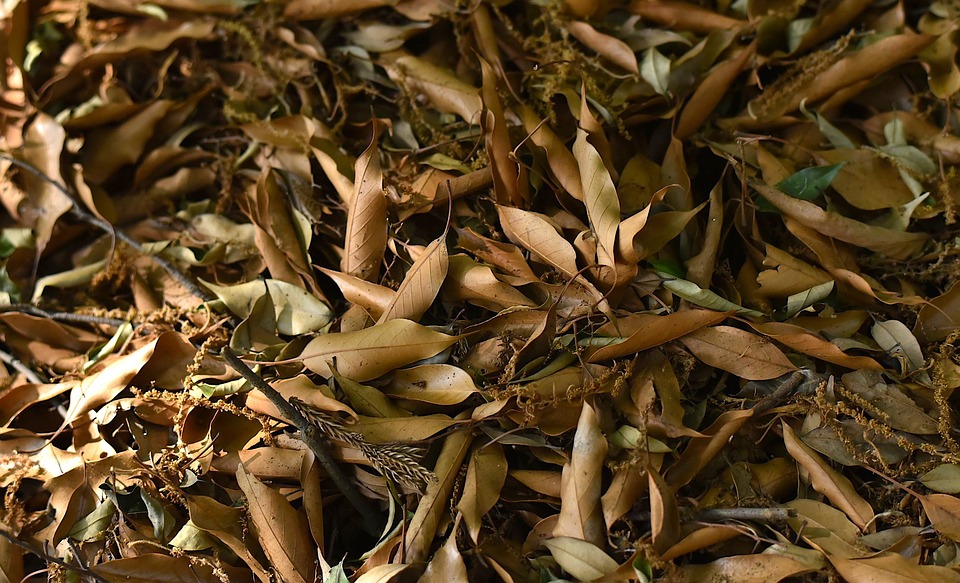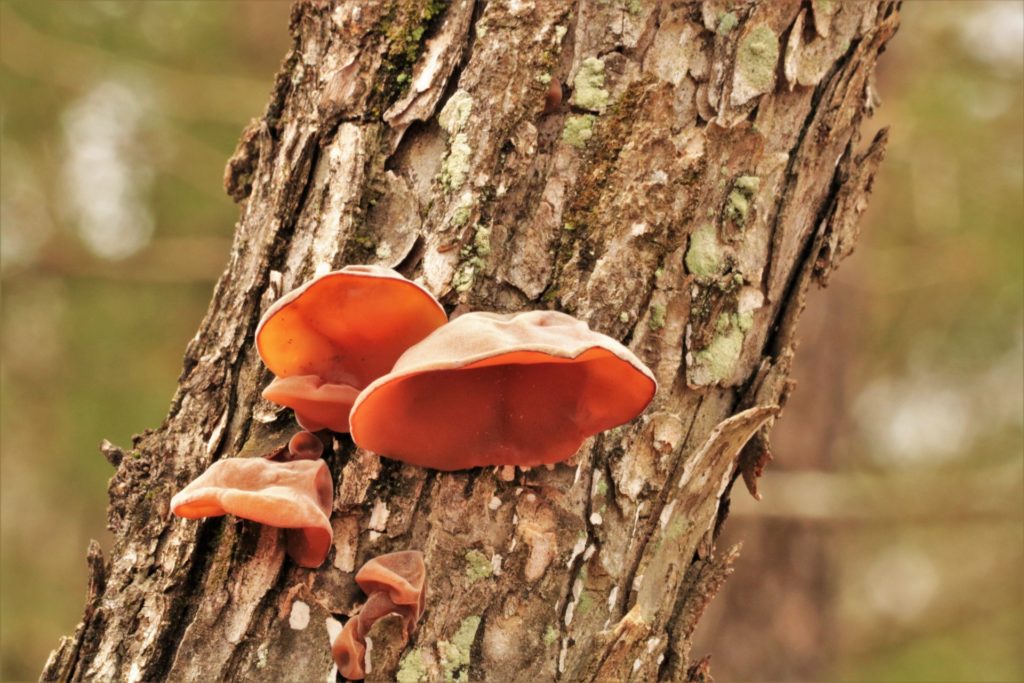I love this time of year. Leaves are starting to come out, the wisteria, golden chain, and lilacs are in full bloom and that tree that you weren’t sure about over the winter doesn’t have any new leaves on it. Does that mean it’s dead?
Trees are susceptible to insects, fungus, drought, and disease and of course, these attacks are enough to kill the tree or shrub. They can also die if they get too much or too little water and often we don’t realize it until spring comes and there are no leaves on the tree. Most of the time, trees will remain standing long after they have died and can become extremely dangerous, brittle, and hazardous. If you’re unsure about whether a tree has died or is just a late bloomer, here are some indications that there may be problems.

Examine the bark.
Split or peeling bark could indicate a problem. Some trees shed their bark and grow new bark but depending on the species, this may or may not be the case. If you see bark splitting and it seems unusual for that tree, especially if the tree is very large, check for other indicators.

Insect activity.
Many insects can live on or in a tree without affecting the tree at all, but some types of beetles and other insects can destroy the tree. Check for Sodus at the base of a tree, holes, bubbles of sap on the exterior or if there’s just a lot of woodpecker activity that is simply decimated the tree.

Dead, dying, or absence of leaves.
If this is a deciduous tree, the leaves should come back this time of the year, but if everything else in your yard has its leaves and is starting its awakening process but this tree has not, chances are it’s probably dead.

Fungus.
We live in the Pacific Northwest so damp and mossy environments are the norm for us. This is also the perfect breeding ground for certain types of fungus. If the fungus is growing below the outer bark, or from cracks in the bark, it could be a sign that the tree is dead.
What to do about it.
If the tree has only died this past winter, chances are the roots are still holding pretty strong, but that will change over time. Depending on what caused the tree to die, the roots could be affected as well and this could make for a dangerous situation in a backyard or anywhere on your property. It’s best to have the tree examined by a tree removal specialist. The last thing you want is for branches to suddenly drop, a large windstorm to knock things over, or a severe storm to uproot the entire tree. If it’s anywhere close to fences, buildings, animals or outbuildings, it’s best to have it removed as quickly as possible.
More on Trees That You Might Want to Know:
Can you cut the roots of the tree?
The dangers of DIY tree removal
5 common problems with trees and how to fix them
